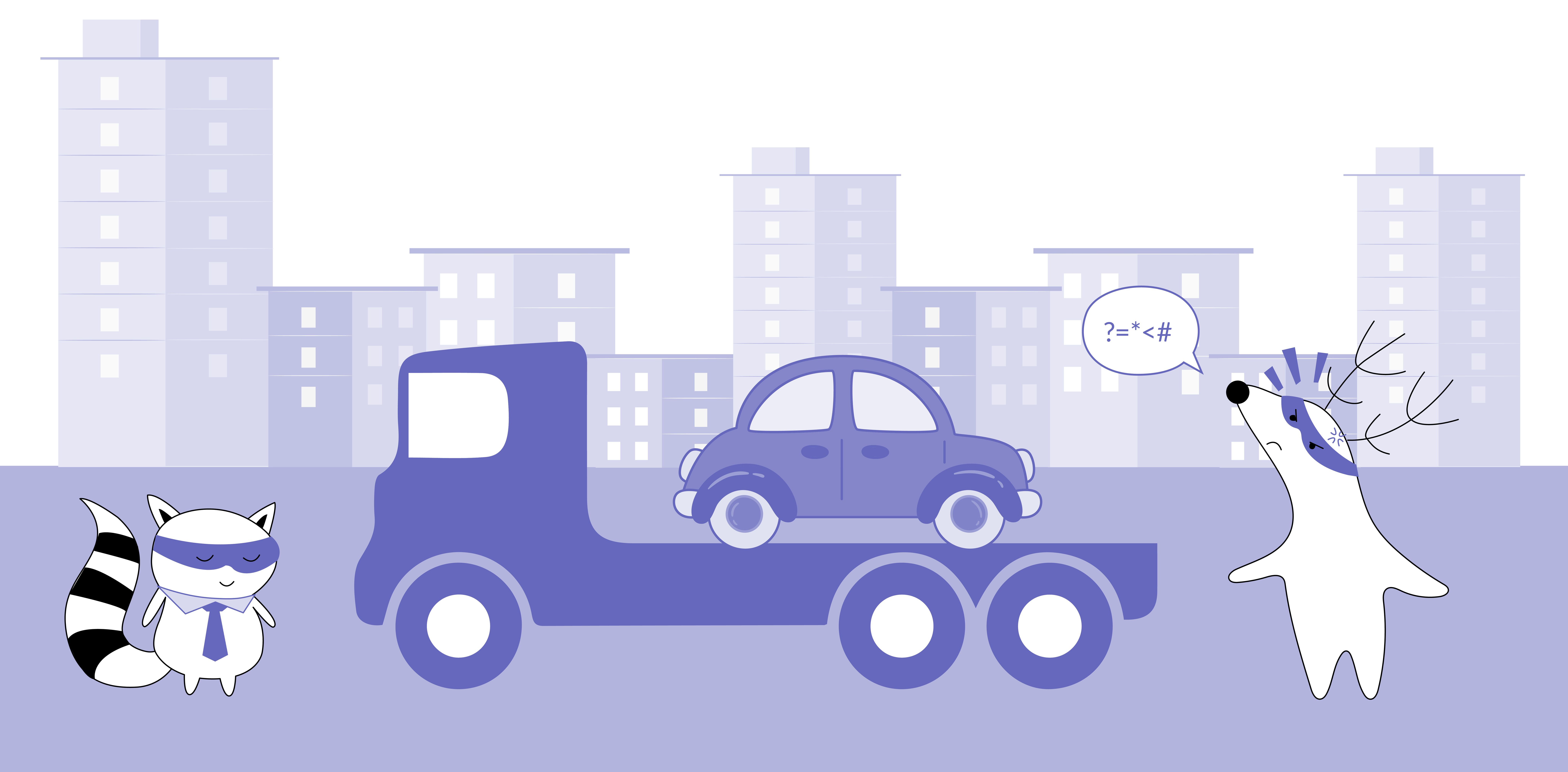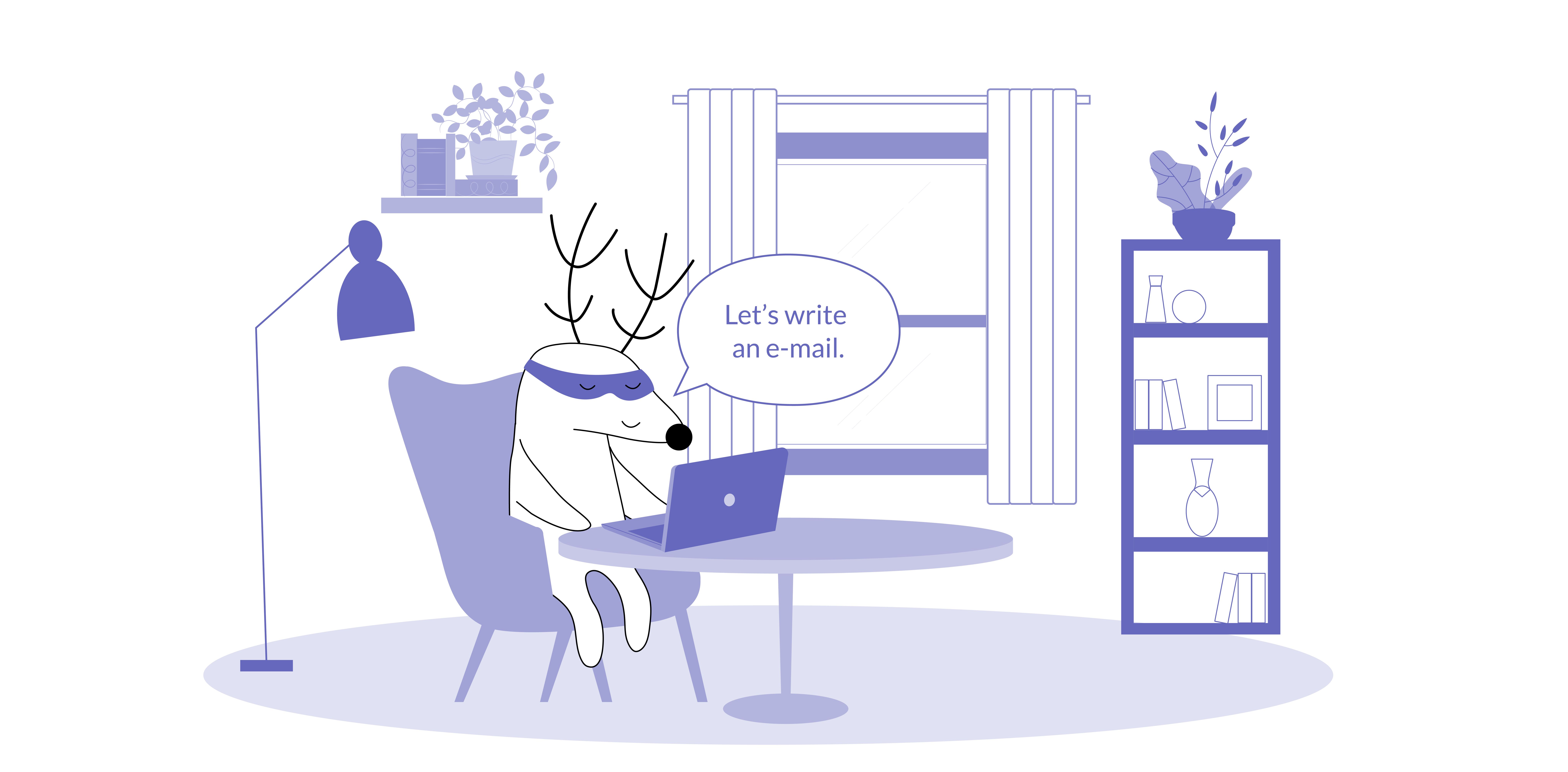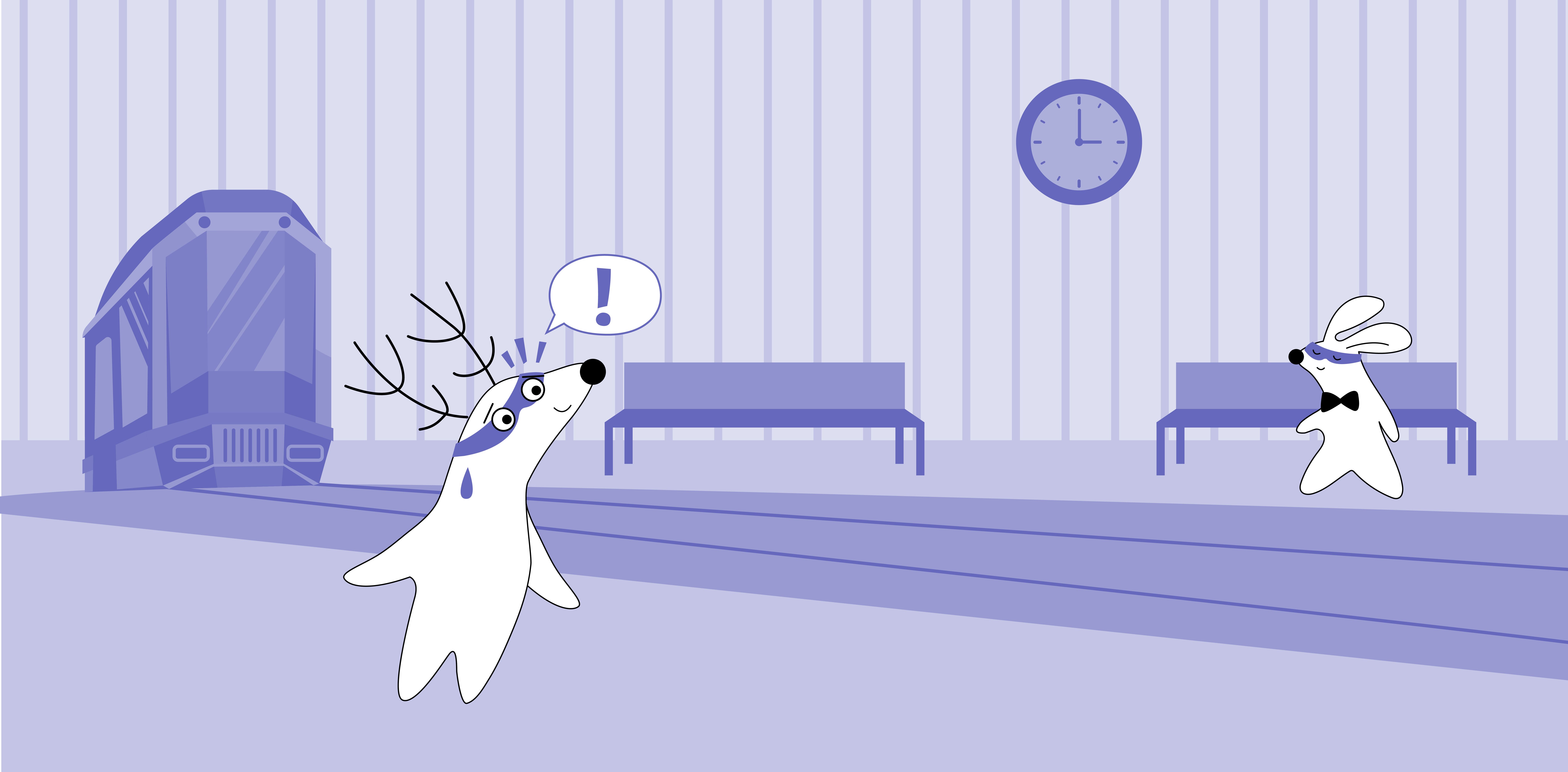
Greeting someone in the morning with confidence is key to connecting with locals in Spanish-speaking countries. Luckily, there are many ways to say good morning.
Each expression has a different meaning and connotation, so it’s important to know the difference and choose the right one for the situation, like saying sweet dreams (dulces sueños) at night.
Whether working with native Spanish speakers or thinking of moving to a Spanish-speaking country, learning different ways to greet someone in the morning will help you expand your vocabulary and improve your language skills.
From Hola to ¿Cómo estás?, here are some of the most common ways to greet someone in the morning along with their translations, meanings and examples of use. Check it out!
Learn Spanish with Langster
Buenos días
When greeting someone in the morning, you can use buenos días. This is the formal version of saying “Good Morning” in Spanish. You use it when you don’t know the person well or when the person is older than you.
Buenos días means "good morning", and it is used to wish the person a good day. It’s as polite as saying por favor (please).
Spanish
English
Buenos días, señor/señora.
Good morning, sir/madam
If you want to greet someone right after waking up or when you are both in a good mood you can say ¡Buenos días, mi sol! It’s like saying “good morning, sunshine!” in English.
Spanish
English
¡Buenos días, mi sol!
Good morning, sunshine!
Other ways to say "good morning" in Spanish include buen día después de salir de la cama, hola, and ¡buenos días!
Each of these can be used on their own to greet someone in the morning. You can also use these at any other time of day so you can use them instead of buenas tardes for “good afternoon” and “good evening” and in spanish buenas noches for “good night”.
Hola
Hola is the Spanish for hello and can be used for morning and afternoon greetings.
While hola is one of the most versatile Spanish words, it’s considered to be more informal so it might not be the best choice for a formal setting.
Spanish
English
Hola
Hello
Encantado/a de conocerle
If you want to make a good impression, you can say encantado/a de conocerle.
You use this phrase when you meet someone for the first time, and in English, it means “Pleased to meet you” in a formal way.
Spanish
English
Encantado/a de conocerle.
Pleased to meet you.
If you wish to be less formal, you can use the form "conocerte":
Spanish
English
Encantado/a de conocerte.
Pleased to meet you.
Mucho gusto
Another way to say “Nice to meet you” in Spanish version is mucho gusto.
You use this when you meet someone for the first time or when you are reintroducing yourself to someone.
Spanish
English
Hola, mucho gusto.
Hi, nice to meet you.
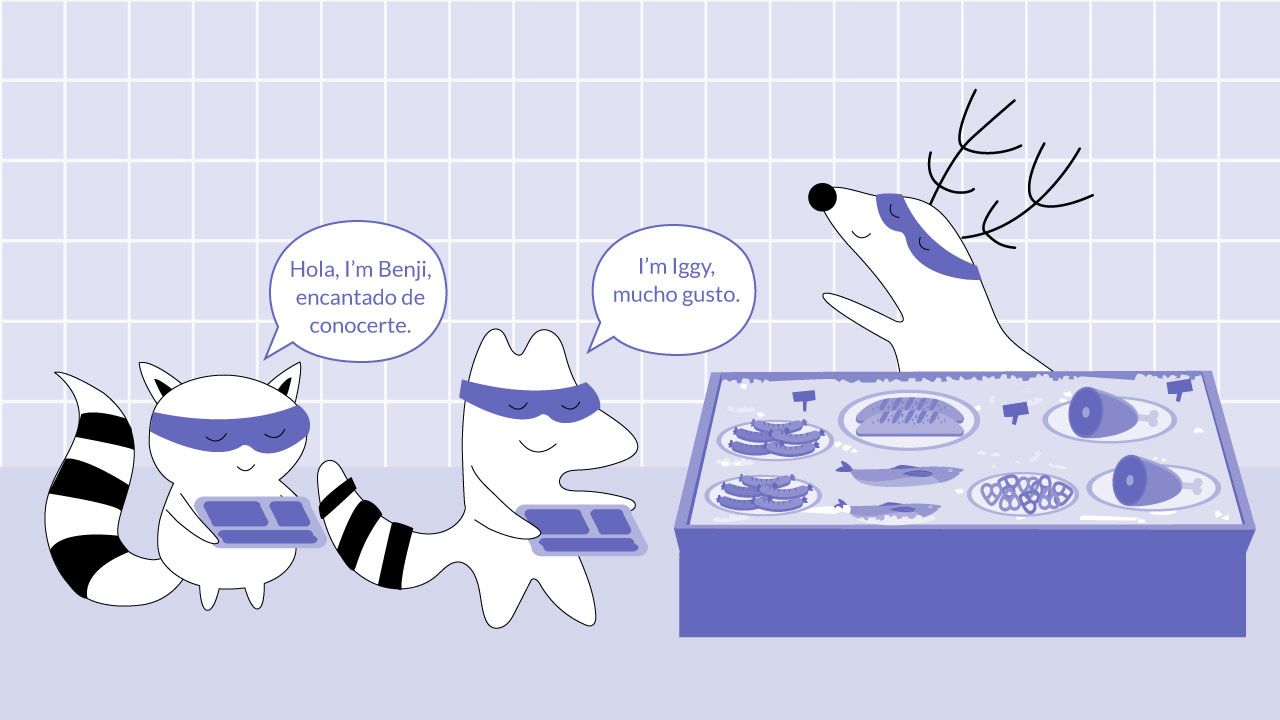
Saludos
Another way to say “Good morning” in Spanish is saludos. This Spanish word is a general greeting and can be used for morning and afternoon.
Saludos means “greetings” and can be used as a standalone word or part of a phrase.
Spanish
English
Con mucho gusto, saludos.
It's nice to meet you, greetings.
¿Durmió bien?
The literal translation is “Did you sleep well?” but its meaning is much more than that.
You use it when you want to comfort someone or ask your loved ones how they’re feeling.
Spanish
English
¿Durmió bien?
Did you sleep well?
It’s used in a friendly, casual setting and is often used as a greeting. You can use it with people you know well, family and friends.
¡Arriba!
This is used to tell someone to get up or to cheer them on. People use it in various situations, from telling a friend to get out of bed in the morning to cheering on a sports team.
Spanish
English
¡arriba!
Get up!
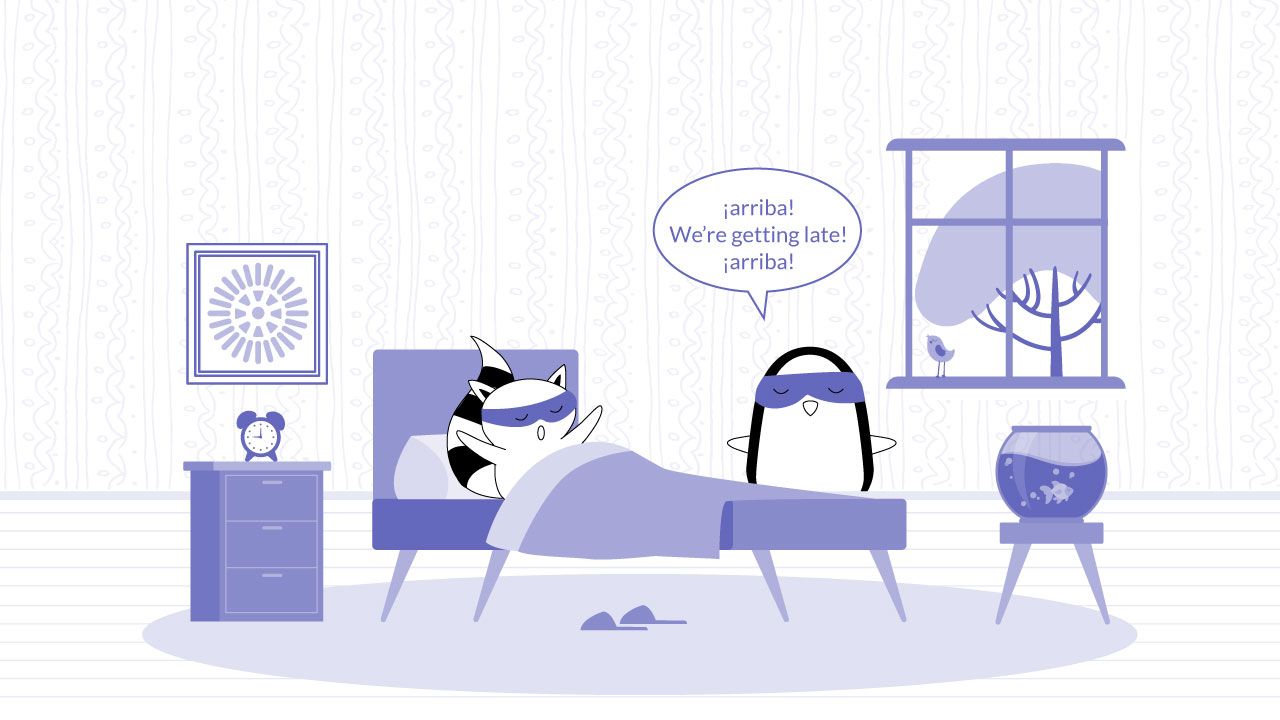
Que tengas un buen día
If you want to wish someone a good day you can say que tengas un buen día. This is a very common way to say “good morning” in Spanish speaking countries and can be used with anyone, friends and family, co-workers and strangers.
Spanish
English
Que tengas un buen día
Have a nice day!
If you want to say you hope the other person has a good day you can use ojalá que tengas un buen día. Ojalá is a word used in many Spanish phrases to express hope so this means “Hope you have a nice day”. This is the romantic “good morning” message in Spanish you were looking for.
Spanish
English
Ojalá que tengas un buen día.
Hope you have a nice day.
¿Cómo está?
If you want to ask someone how they are in the morning you can say ¿Cómo está?
This is a general question but includes the formal “you” and in English would be “How are you?” or “How’s it going?”
Spanish
English
¿Cómo está?
How are you?
Or you can say ¿Cómo estás? if you want to ask the same but informally.
¿Qué tal?
You can also ask ¿Qué tal? to learn how someone is. This is used the same way as ¿Cómo estás? (informal) and can be translated to “What’s up?”
Spanish
English
¿Qué tal?
What’s up?
¿Cómo te va?
This is a common way to say “How are you?” in Spanish but can also be used as a greeting in the morning.
This is best used with friends, family, and others you know well. It’s a casual way to ask, “How is it going?” and can be used in both casual and formal situations.
Spanish
English
¿Cómo te va?
How’s it going?
If you want to ask someone how their day is going you can say ¿cómo te va el día? This is a common way to start a conversation in Spanish and can be used with anyone, friends and strangers.
If you want to ask someone’s day going in Spanish in a more polite way you can say ¿cómo le va el día? This is used with people you don’t know well, like co-workers or new acquaintances.
Spanish
English
¿Cómo te va el día? ¿Cómo le va el día?
How’s your day going?

¿Qué hay de nuevo?
This means “What’s new?” in English and is very common among friends. You can use it with someone you know well, a close friend or family member.
However, you can also use this phrase when you don’t know what to say but want to acknowledge the other person’s presence.
Spanish
English
¿Qué hay de nuevo?
What’s new?
Dándole los buenos días
Another way to greet someone in the morning in Spanish is dándole los buenos días. In English this means “greeting the good afternoon” but can also be used to say “good morning”.
Spanish
English
Dándole los buenos días.
Greeting the good day.
Dándole los buenos días is more formal than ¿Qué hay de nuevo? so it’s used with people you don’t know well, like co-workers or new acquaintances.
¡Qué hermosa mañana!
Spanish speakers use this to describe something or someone beautiful. So if you want to say “good morning” in Spanish and the weather is nice or the day is beautiful, you can say ¡qué hermosa mañana!
This is another very common way to greet someone in Spanish.
Spanish
English
¡Qué hermosa mañana!
What a beautiful morning!
¡Qué agradable mañana tenemos!
It literally means, “What a nice morning we have!” Spanish speakers use it when the weather is nice.
It can also describe other pleasant things like good days, a good cup of coffee, or a beautiful view. This is another way to say “good morning” in Spanish language and can be used with anyone.
Spanish
English
¡Qué agradable mañana tenemos!
What a nice morning we have!
Other Ways of Saying "Good Morning" in Spanish
Here are other phrases related to the morning and greetings in Spanish:
| Spanish phrase | English translation |
|---|---|
| Ya está amaneciendo. | The sun is rising. |
| Despierta que ya es tarde. | Get up, it's late. |
| ¿Pudiste descansar? | Were you able to rest? |
| ¡Qué linda mañana! | What a beautiful morning! |
| Despiertate, bella durmiente. | Wake up, sleeping beauty. |
| Buen día | Good day. |
| ¡Espero que tengas una buena mañana! | I hope you have a good morning! |
| ¡Despierta, el sol ha salido! | Wake up, the sun is out |
| ¡Aprovecha el día! | Seize the day! |
| ¡Hoy será un gran día! | Today will be a great day! |
| Spanish phrase | English translation |
|---|---|
| Ya está amaneciendo. | The sun is rising. |
| Despierta que ya es tarde. | Get up, it's late. |
| ¿Pudiste descansar? | Were you able to rest? |
| ¡Qué linda mañana! | What a beautiful morning! |
| Despiertate, bella durmiente. | Wake up, sleeping beauty. |
| Buen día | Good day. |
| ¡Espero que tengas una buena mañana! | I hope you have a good morning! |
| ¡Despierta, el sol ha salido! | Wake up, the sun is out |
| ¡Aprovecha el día! | Seize the day! |
| ¡Hoy será un gran día! | Today will be a great day! |
The Bottom Line
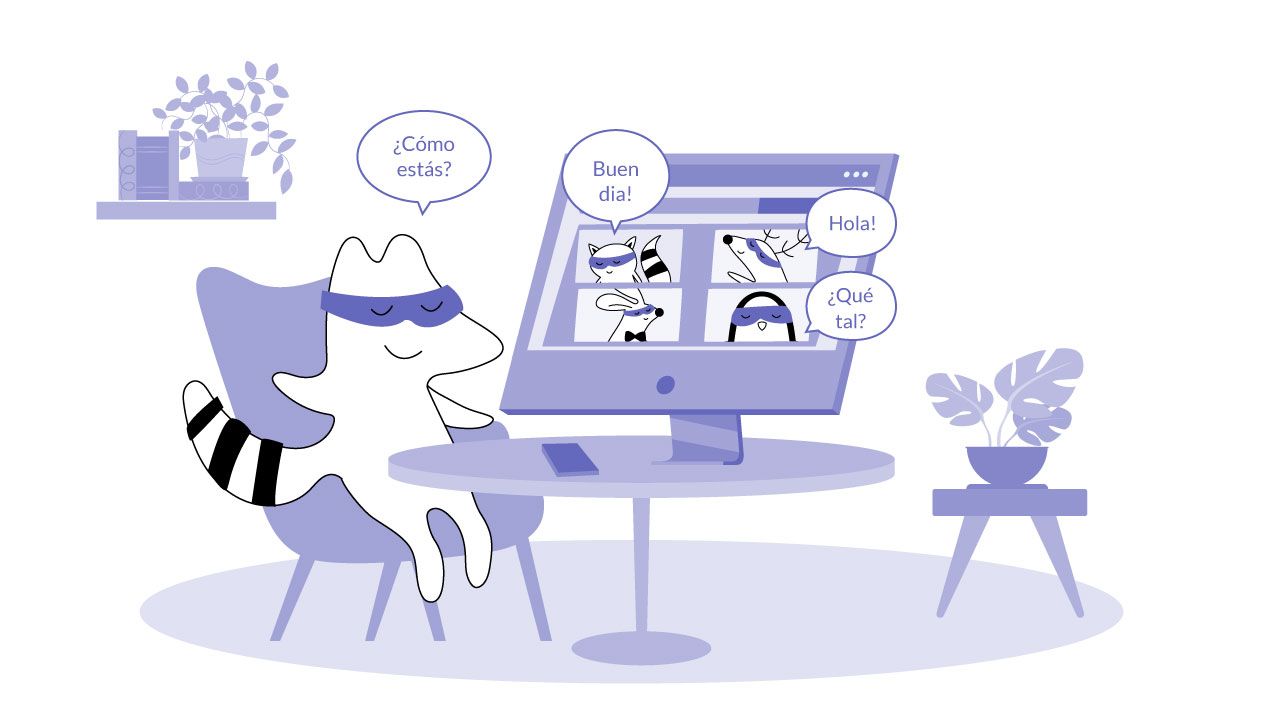
These are the most common Spanish phrases to greet someone in the morning.
But as with other greetings like “buenas noches,” there are many other Spanish phrases you can use depending on your situation. Choose the right one for the right moment, and you’ll be golden!
Remember, you can always combine these phrases to create your own way of saying “good morning” in Spanish.
Depending on the situation, you can also try out Langster and find even more ways to greet a Spanish speaker in the morning.
Learn Spanish with Langster







